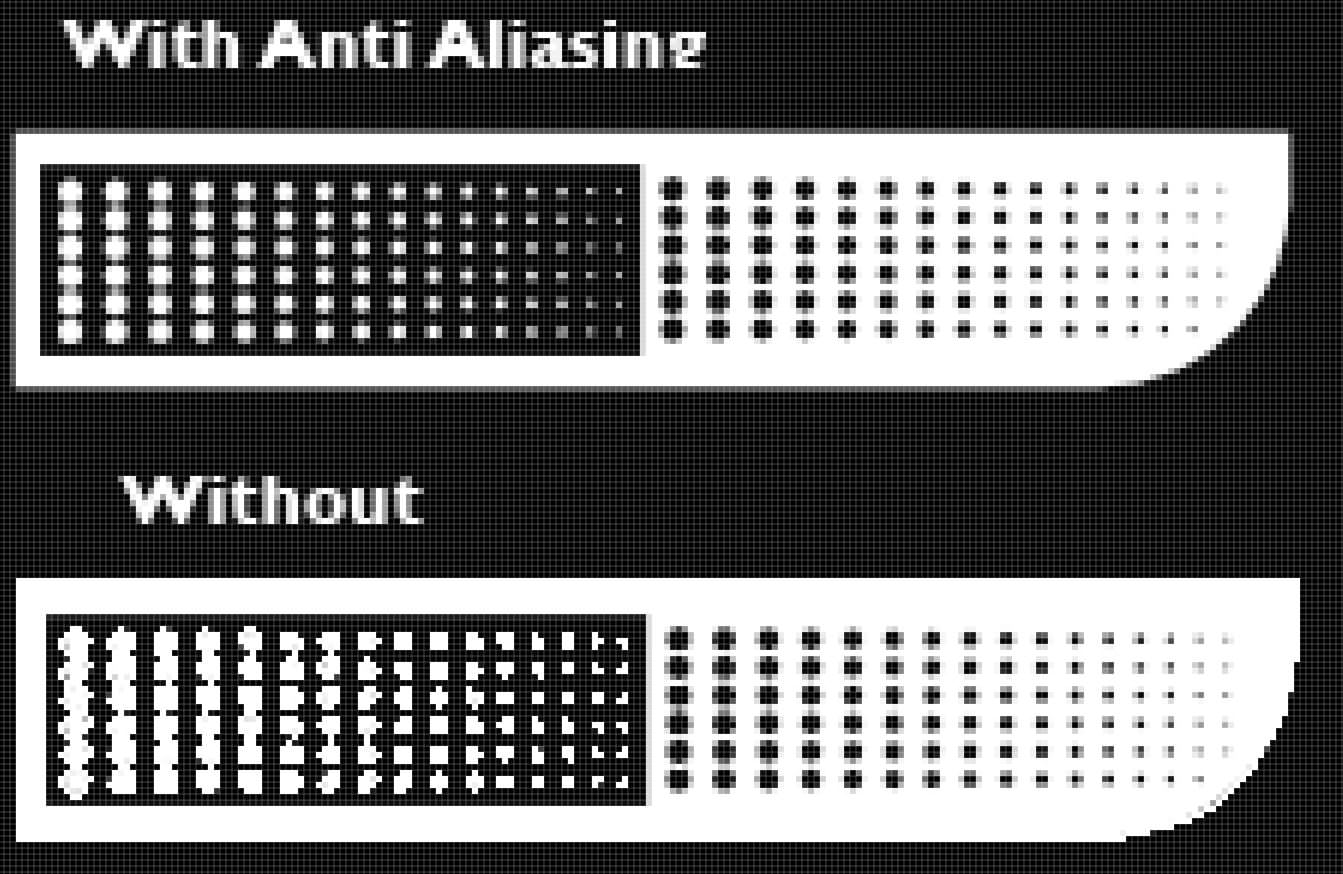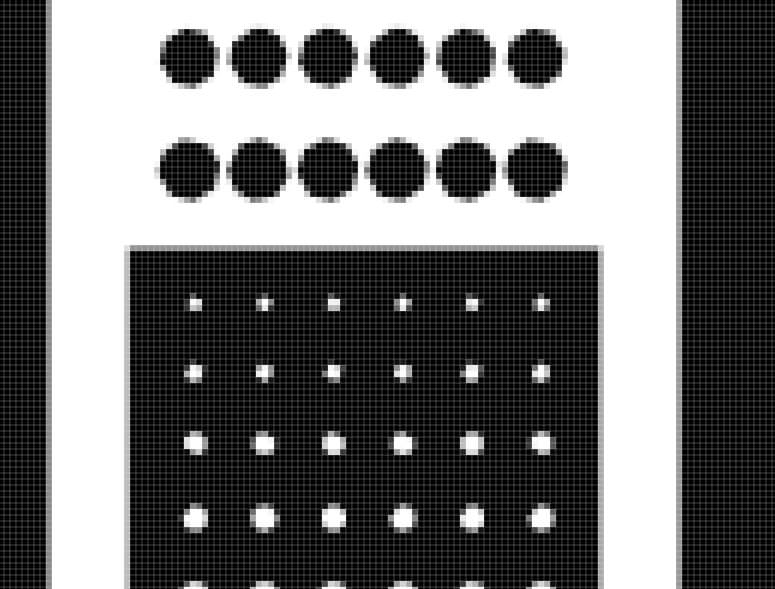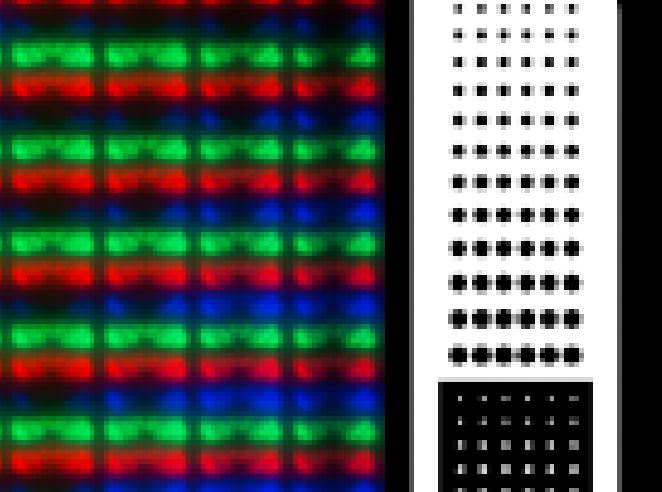You are not logged in.
- Topics: Active | Unanswered
Pages: 1
#1 Re: Feature Requests » .SVG better than .PNG? » 2017-11-24 13:05:46
Thank you, Rob. Though bearer of the bad news - that I cannot lie and cheat to get 4k through to my 2k screen, you've been a great help.
pi@nanodlp:~ $ tvservice -s
state 0x120006 [DVI DMT (87) RGB full unknown AR], 1440x2560 @ 50.00Hz, progressiveAll is well with my RPi, at least, it thinks so.
#2 Re: Feature Requests » .SVG better than .PNG? » 2017-11-24 12:18:48
HDMI port will be set at a given resolution, your display maximum. So, even if projecting a bigger image, NanoDLP outputs it to HDMI; this means it goes through Raspberry Pi GPU which will adapt it to HDMI resolution, making the first anti-aliasing. I guess there is no way to send a double resolution image to your LCD without being first rasterized to its maximum resolution.
Wha? Oh no! You're saying my 'correct sized' 2k, 1440 x 2560pixel 5.5" screen, a pixel density of 534.038 ppi slice - the one that currently is made by NanoDLP - gets mashed through the Raspberry Pi GPU, and then is re-mashed through the LCD's GPU?
'Rubbish in, rubbish mashed, worse rubbish out.' Three levels of pixelisation. Hell's bells, no wonder I'm having trouble getting those tiny cylinders to print. Humph! I thought there would be a gotcha somewhere. Thanks, Rob ;-)
But surely, HDMI can take 4k, why would it crush my double sized slice? Wouldn't that be up to the end user - the LCD's GPU? Is there no hope? Can I not lie to the Pi's GPU, tell it to send 4k, and let the LCD's GPU to sort it out? Sigh, I'm out of my depth here, telling lies to a computer is not my area of expertise. Honest Steve, they call me. ;-)
#3 Re: Feature Requests » .SVG better than .PNG? » 2017-11-24 10:00:56
Rob, yes there are always grey pixels on a sliced png from NanoDLP. Here is the top slice from the 3dSLA_Test, the model that is giving me this angst. The top is with anti-aliasing on, bottom off. The dots are vertical cylinders, but still, there are solid pixels and grey pixels. Even in the walls of this model, there are halftones in the AA version, which result in my model looking a little soft, out of focus.
Shahlin, my point with svg is that these would be perfect circles, perfectly straight lines. Then, it would be up to the LCD's GPU to decide the best way to pixelate those circles. "Best in, best out."
Currently, NanoDLP decides first, then the LCD does it again. "Rubbish in, rubbish out."
Here is the same top slice, but at double the resolution. "Better rubbish in, better rubbish out." 
I've not yet been able to print my theory of doubling the screen resolution in NanoDLP's set up page, along with a similar 'cheat' in the profile's 'R D Override X/Y Resolution.' I think my troubling dots/tiny cylinders would come out better, they look better in the above slice, this surely would allay my woes. Though I'm sure there will be a gotcha somewhere, otherwise, you would have designed NanoDLP to do it this way: 'better rubbish in, better rubbish out.'
Again, I understand that the LCD's GPU cannot understand the depth of the model, cannot add anti-aliasing in the right places - that's the slicers job. But, at very, tiny, tiny layer heights anti-aliasing loses its wonders.
#4 Re: Feature Requests » .SVG better than .PNG? » 2017-11-23 10:54:02
I believe anti-aliasing does what you ask in that Autodesk Ember video. Does it not?
Thank you, Rob. The Ember video and links from this Instructable has given me much to read. I should go quiet for a few weeks while I digest it all.
Thinking aloud. I use a 2k, 1440 x 2560pixel 5.5" screen, a pixel density of 534.038 ppi. I wonder if, and I'll have to test it, if I double the apparent resolution of my .png files, if I would get sharper models? Though, I may just get models that are twice the size.
#5 Re: Feature Requests » .SVG better than .PNG? » 2017-11-23 09:41:32
I see that .png files have the exact pixel depth as the LCD. But pixels in LCD and pixels in .png would never, ever match up exactly.
Even more so as they are different shapes.

#6 Feature Requests » .SVG better than .PNG? » 2017-11-23 08:51:53
- Stevehoo
- Replies: 11
I'm troubled. Perhaps there's something I'm missing.
Pixelated .pngs are just that, pixelated. When pixelated .pngs are then shoved through a pixelated LCD or projector, those pixels are never going to exactly match up. But an .svg, being clean, perfect lines, when shoved through an LCD is going to be much, much better. I know there's no antialiasing with .svg but at tiny, tiny layer heights, that doesn't matter much.
Why do we not use .svg?
#7 Re: Help and Support » Lead screw pitch change » 2017-11-22 19:51:00
In terminal send M92 Z???. Then send M500 to save to the EEPROM.
#8 Re: Help and Support » Applying a mask » 2017-09-05 20:09:43
You could photoshop the mask and the slices together. create an action or some of the many ways photoshop can be programmed.
Pages: 1